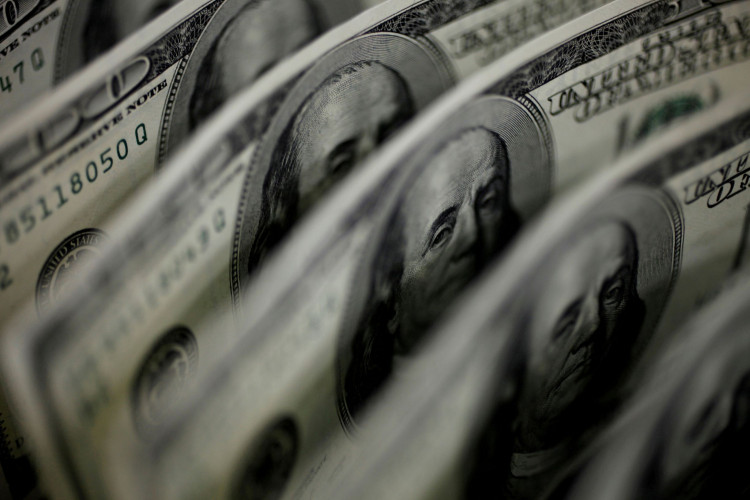On Monday, both the Chinese yuan and the Japanese yen surged, resulting in the U.S. dollar experiencing its most significant decline in two months.
Both China and Japan had recently expressed support for their respective currencies:
On September 11, a special meeting on the national foreign exchange market self-discipline mechanism was held in Beijing. The meeting emphasized that financial regulators are capable, confident, and prepared to maintain the basic stability of the yuan exchange rate. They are committed to intervening when necessary, firmly correcting any unilateral or cyclical behaviors, and decisively addressing any actions that disrupt market order. They are also determined to prevent risks of exchange rate over-adjustments.
On September 10, in his first independent media interview since taking office, the Governor of the Bank of Japan, Kazuo Ueda, mentioned that ending negative interest rates could be a viable option if the Bank of Japan is confident about sustained increases in prices and wages. Mizuho Bank suggested that Ueda's comments on wage growth and interest rates hint at the possibility of ending the negative interest rate policy as early as January.
The Bank of Japan's hawkish tilt pushed the yen past 146. Coupled with significant improvements in China's financial data for August and positive domestic economic policy expectations, institutions anticipate that China's economic data for August will also exceed expectations. This led to a sharp rally in the yuan on Monday. Both onshore and offshore yuan against the U.S. dollar rebounded by more than 650 points, reclaiming several key levels and ending one of the U.S. dollar's longest bullish trends in years.
Currently, the U.S. dollar is once again approaching a critical resistance level.
Although it retreated on Monday, some analysts believe that interest rate differentials between the U.S. and other countries will continue to exert upward pressure on the dollar and warn investors against shorting it.
Win Thin, Global Head of Currency Strategy at Brown Brothers Harriman & Co. (BBH), noted that as long as monetary policy divergences persist, the dollar's trajectory will trend upwards. Calls for exchange rate adjustments and interventions might lead to temporary shifts, but they won't result in any trend changes.
In the past two months, market expectations that the Federal Reserve would maintain high interest rates to prevent a resurgence of inflation, combined with the U.S. economy performing better than initially anticipated, have propelled the dollar upwards.
Additionally, on Wednesday local time, the U.S. will release its August CPI data. If inflation rebounds more than expected, it might prompt the Federal Reserve to reconsider its policy direction, potentially reversing the short-term downtrend of the dollar index.
Even those who are medium-term bullish on the yen are advising caution.
UBS Global Wealth Management predicts that the current yen-to-dollar exchange rate will break through 146, reaching 142 by year-end. However, the firm suggests investors focus on the yen's appreciation against the euro or the British pound rather than the dollar. The rationale is that inflation data and the Federal Reserve's interest rate decision on September 20 might cause dollar fluctuations.
Nevertheless, the firm stances from both China and Japan had an immediate impact on Monday, with traders weighing what further measures the two countries might take to boost their exchange rates.






